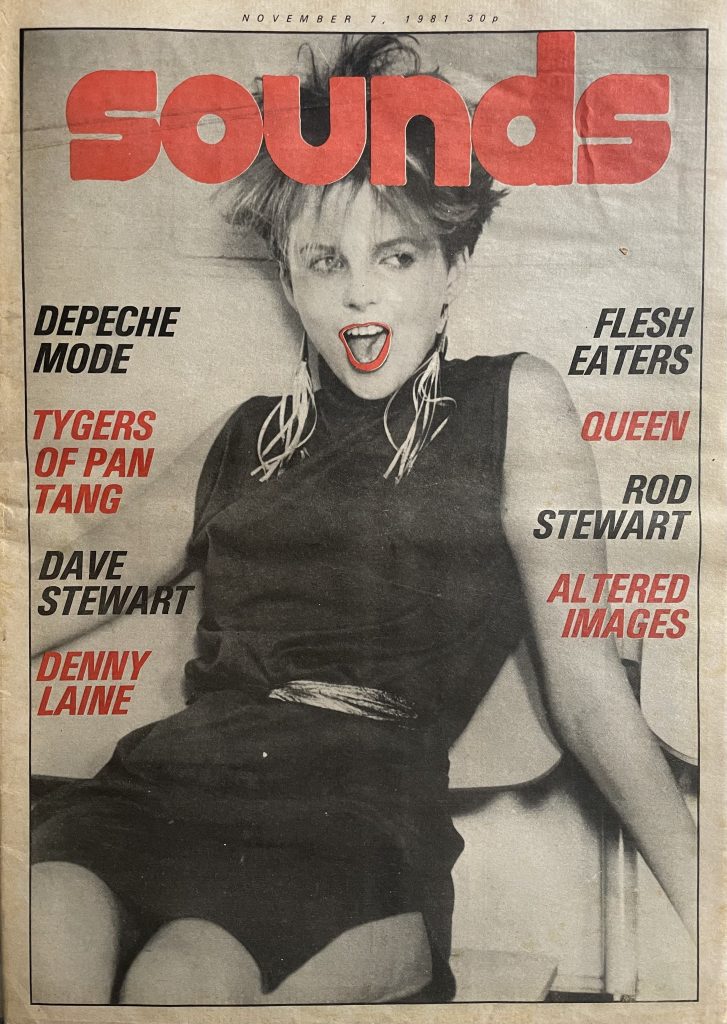I used to love Sounds, which was a tabloid-style music paper along the same lines as Melody Maker or NME. Back in the pre-internet days, it was one of the ways we found out about new music, upcoming tours and suchlike and was an invaluable source of news about the music scene of the time.

In this episode I look at their end of year best albums list for 1981, which had some surprising inclusions and just as surprising exclusions. What would you have included that they didn’t?
Available on:
Spotify
10 Interesting Facts About Sounds Magazine
Sounds was a British music magazine that played a crucial role in shaping the rock and punk music scenes from the 1970s to the early 1990s. It was known for its edgy journalism, in-depth band coverage, and its role in promoting new genres before they hit the mainstream.
1. One of the “Big Four” UK Music Magazines
During its peak, Sounds was one of the four major UK music weeklies, alongside NME, Melody Maker, and Record Mirror. It often had a rawer, more underground feel compared to its rivals.
2. Founded in 1970 by Melody Maker Staff
The magazine was launched in 1970 by former Melody Maker journalists. It was published by Spotlight Publications, which later became United Newspapers.
3. A Champion of Heavy Metal
Unlike its competitors, Sounds gave early and serious coverage to heavy metal. It was one of the first mainstream publications to support bands like Iron Maiden, Motörhead, and Judas Priest.
4. Helped Define Punk Rock in the UK
In the late 1970s, Sounds was a major force in covering and promoting punk. Writers like Garry Bushell played a big role in giving exposure to bands such as The Sex Pistols, The Clash, and The Damned.
5. The Birthplace of “Oi!” Music
Garry Bushell used Sounds to promote the Oi! movement, a subgenre of punk associated with working-class street culture. The term “Oi!” was first coined in Sounds in 1980.
6. Early Supporter of New Wave and Post-Punk
While Sounds was known for punk and metal, it also covered early new wave and post-punk bands like Joy Division, Siouxsie and the Banshees, and The Cure, giving them essential exposure.
7. Played a Role in the Rise of Indie & Alternative Rock
During the late 1980s, Sounds gave attention to emerging alternative rock and indie bands such as The Stone Roses, Pixies, and Sonic Youth, helping shape the alternative music explosion of the 1990s.
8. A Cult Following for Its Writers
Writers like Jon Savage, Geoff Barton, and Garry Bushell became influential voices in music journalism. Barton later founded Kerrang! magazine, while Savage wrote definitive histories of punk.
9. Its Decline and Closure in 1991
Despite its impact, Sounds struggled with declining sales in the late 1980s and ceased publication in 1991. Its focus on heavy metal and punk had become too niche as mainstream tastes shifted.
10. Its Legacy Lives On
Many of Sounds’ former writers moved on to create new publications. Its influence can still be seen in Kerrang! (which grew from Sounds’ metal coverage) and modern online music journalism. The magazine is now remembered as a crucial voice in UK rock history, especially for punk, metal, and alternative music.


Leave a Reply